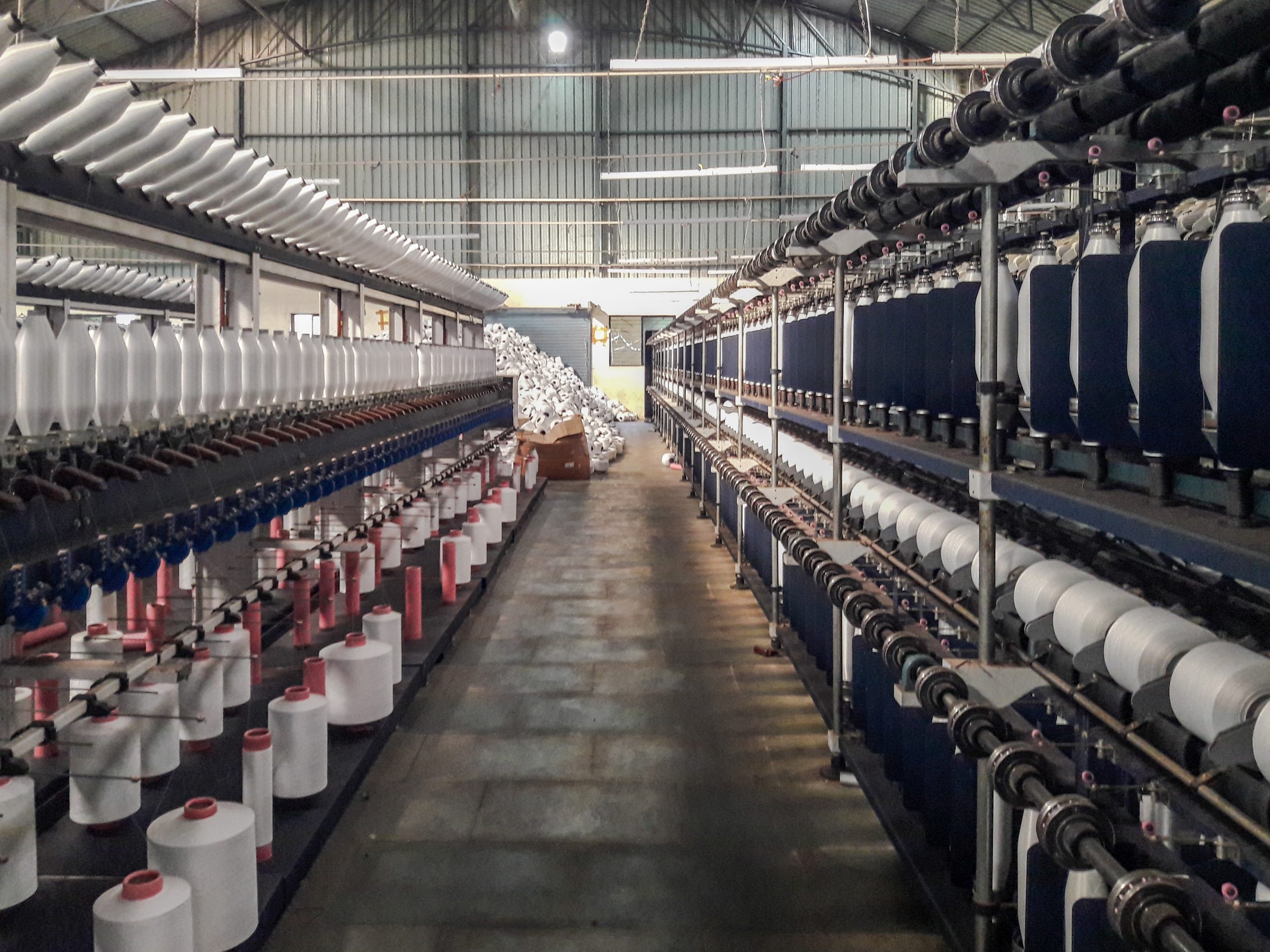
Bengal’s hosiery parks anticipates Rs 400 crore investment by FY 2024-25
Regular stakeholder consultation meetings at the district level are being organised, often in the presence of Mamta Banerjee, Chief Minister and representatives of district chambers of commerce.
The West Bengal Hosiery Association (WBHA) announced on that an investment of Rs 400 crore in the capacity building of hosiery parks in the state is expected by the next fiscal year. During a session on manufacturing industries focusing on MSMEs and textiles at the seventh Bengal Global Business Summit. Pradeep Arora, WBHA secretary stated that the investment aimed to add a sprawling 20 lakh sq ft of operational area to the hosiery parks.
In his address, H K Dwivedi, Chief Secretary, underscored the importance of Medium and Small Scale Industries (MSMEs) in the rural hinterlands. He stressed the need for robust support mechanisms, including enhanced access to credit, simplified compliance obligations, and swift project approvals.
Acknowledging the challenges faced by MSMEs, Dwivedi mentioned that the state government was taking a proactive approach. Regular stakeholder consultation meetings at the district level are being organised, often in the presence of Mamta Banerjee, Chief Minister and representatives of district chambers of commerce.
Dwivedi urged the chambers of commerce to actively collaborate with the government in identifying and addressing grey areas hindering the growth of MSMEs.
N G Khaitan, President, Bharat Chamber, praised the government’s initiatives in facilitating land allotments to investors within a 15-day timeframe. He also commended the government’s efforts to promote the garment and hosiery industry through the establishment of specialized industrial parks.
Vinod Kumar Gupta, President, WBHA, spoke about the pivotal role of the textiles sector as India’s second-largest employment generator, trailing only agriculture. Gupta lauded the West Bengal Textile Incentive Scheme 2022, considering it a flagship policy that maximises resource utilisation, stimulates new employment, and widens operations. This positions the state as a prime investment destination in the textile sector.



